About the Author
J. A. Hitchcock is a nationally recognized cybercrime and cyberbullying expert who has helped pass laws related to online harassment in many states, including Maryland, Minnesota, Michigan, Maine, Rhode Island, and New Hampshire. As president of Working to Halt Online Abuse (WHO@, at www.haltabuse.org), J. A. helps victims of cyberstalking crimes fight back. She volunteers as a consultant on Internet crime cases for police departments worldwide, the U.S. Department of Justice Victims of Crime, and the National Center for Victims of Crime.
Hitchcock also gives presentations to educators, librarians, corporations, and the public about staying safer online, as well as to students from the fourth grade through the college and university level. Her expertise has been used in media coverage of cyberstalking and related topics in Time, the Los Angeles Times, Boston Globe, Ladies Home Journal, Glamour, Cosmopolitan, and the Associated Press newswire. She has appeared on television on many news and related shows including Primetime Thursday, 48 Hours, A&E Investigative Reports, Inside Edition, Good Morning America, and Unsolved Mysteries.
Hitchcock received the 2015 Mary Litynski Award from Messaging, Malware and Mobile Anti-Abuse Working Group (M3AAWG) for her work in online abuse and as an advocate for cyberbullying victims. See more at http://tinyurl.com/k7cdybm.
Hitchcock won the American Red Cross Heroes Education award for her work in cybercrime in April of 2017. See https://bangordailynews.com/bdn-maine/community/red-cross-honors-southern-maine-real-heroes/ for more information.
She and her dog, Scooby, volunteer at York Hospital and Sentry Hill in Maine every week to visit patients as well as the Salvation Armys Tools of Life program in Portland, Maine, teaching the class how to use the Internet properly and not make mistakes that could stay with them forever. She lives in New England with her husband, Chris, Buddy the cat, Scooby and some fish. In her spare time she likes to garden, walk on the beach, go fishing with her husband and Scooby, and enjoy a backyard campfire and barbecue (yes, even in the winter). For more information about Hitchcock, visit her personal website at www.jahitchcock.com.
CHAPTER ONE
Who Are Cyberbullies?
Although the majority of cyberbullies are kids and teens eighteen and under, some adults have nothing better to do than torment a young boy or girl into doing unimaginable things, even suicide.
That is what happened to Amanda Todd, who lived in Port Coquitlam, British Columbia, Canada.
Born in 1996, Amanda was a typical teenager: giggly, fun, and trusting. She met someone on Facebook in 2010 who flattered her to no end. He was charming, had a good sense of humor, and, after a while, it seemed like a relationship to her. She was ecstatic and in love! When he asked her to go on her webcam and take off her shirt to show him her breasts, she did, not thinking twice about it.
She trusted him.
That was her big mistake. He wanted more videos and photos of her breasts, and of her naked. She refused. He threatened to spread the photo he had of her breasts online if she didnt. She still refused.
At four in the morning in December of 2010, local police contacted Amanda: the photo of her breasts had been posted online and quickly was going viral. She was shocked, upset, and scared. People she knew, and even those she did not know, began harassing and bullying her online and offline, making crude comments about her breasts and saying she was a whore, among other things.
Her family moved, hoping to relieve her depression and anxiety, but she turned to drugs and alcohol for relief. Those didnt help, and a year later she discovered that a profile had been created on Facebook, using the topless photo of her as its profile photo. If that wasnt enough, this person then began making friends with her classmates and friends.
The bullying became so bad that Amandas parents moved her to a different school. But she had had enough and drank chlorine bleach, hoping that she would die and get it over with. She didnt die... that time.
Her parents moved again, hoping a new school and new location would be a new start for their very troubled daughter. She began cutting herself because the depression wouldnt go away. The same person who harassed her online opened a new profile on Facebook with the photo of her breasts, contacted her new classmates, and began the bullying and humiliation all over again.
Although she saw a therapist, she finally was hospitalized for severe depression. This only made the online bullying worse. Classmates branded her a psycho, and crazy, and she spiraled down again.
On October 10, 2012, Amanda posted a video on YouTube. She silently flashed cards about what had happened to her online, including He sent me a message. It said... if you dont put on a show for me I will send ur boobs. He knew my adress [sic], school, relatives, friends, family names.
And Im stuck... whats left of my life now... nothing stops. I have nobody. I need someone. my name is Amanda Todd.
my name is Amanda Todd.
Four hours after posting the video, she allegedly hung herself and died.
Online came a mix of outpourings of sympathy, yet some still bullied her, calling her a coward and that she deserved to die, among other things.
A police investigation ensued. In January 2014, Dutch police arrested thirty-five-year-old Aydin C. (privacy laws there allow arrested individuals to remain anonymous) who was charged with indecent assault, extortion, Internet luring, criminal harassment, and distribution of child pornography for alleged activities against Amanda Todd and, as it turns out, other male and female victims under the age of eighteen. His case is still pending.
In a strange twist, the suspect penned a letter proclaiming his innocence, allowing his full name, Aydin Coban, to be made public. He handwrote the four-page letter, giving it to his lawyer to send to the media. In it, he proclaimed that the media and public had branded him a monster.
They pretend to be the judge, the jury and the executioner while committing character assassination by orchestrating a hate campaign against an individual on a scale rarely seen, he wrote.
He even claimed the Dutch police infected his computer to make it look like the messages sent to Amanda were from him and that he was framed by the police.
There is more, but Ill mention those in court. All I wanted to say for now is in this open letter, Coban concluded.
So, cyberbullies can be anyone of any age, race, or gender.
A WHO@-KTD survey in 2008 found that 43 percent of students were cyberbullied by someone they knew who was their age or in the same grade; the others did not know who was bullying.
According to a 2009 Cox Communications survey called Profile of a Cyberbully:
More were girls (59 percent girls versus 41 percent boys).
They spend more time online per week (38.4 hours, compared to 26.8 hours for teens overall).
They own or use: cell phone (88 percent), social networking profile (93 percent), Instant Messaging (IM) screen-name (75 percent).
In the past month they sent e-mail (90 percent), checked out someone elses online profile (88 percent), updated their own online profile (81 percent), posted or viewed photos or videos (83 percent).
On a public blog or social networking site, they posted: photos of self (80 percent) or friends (66 percent).
They are about as likely to think personal information online is unsafe (54 percent versus 59 percent for teens overall).







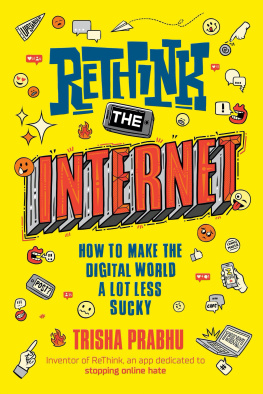


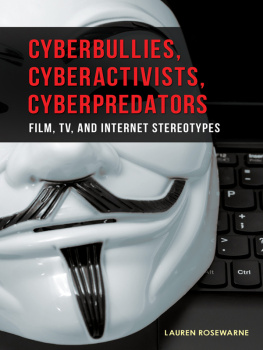
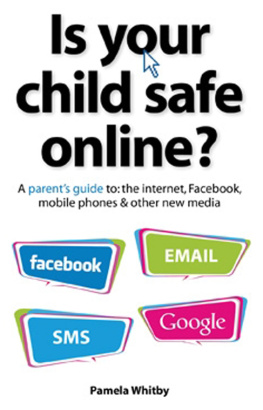
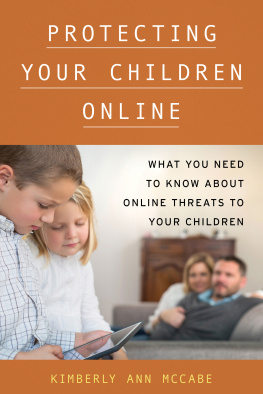
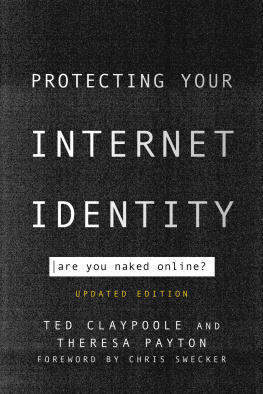
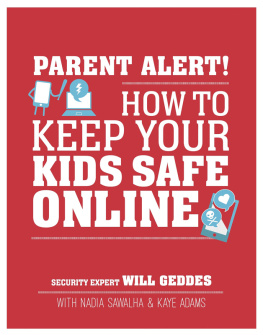



 my name is Amanda Todd.
my name is Amanda Todd.